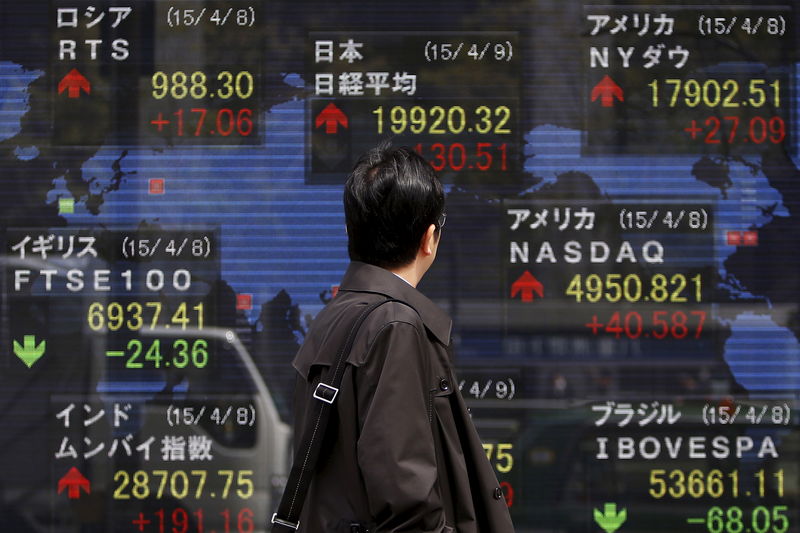By Gina Lee
Investing.com – Asia Pacific stocks were mostly up on Friday morning even as the latest Chinese economic data disappointed. Investors now await the latest U.S. jobs report which they hope will provide clues on the Federal Reserve's monetary policy moving forward.
China’s Shanghai Composite edged up 0.14% by 9:51 PM ET (1:51 AM GMT) while the Shenzhen Component was steady at 14,277.34. The Caixin services purchasing managers’ index (PMI) for August was a disappointing 46.7, below the 50-mark indicating growth.
Hong Kong’s Hang Seng Index fell 0.86%.
Japan’s Nikkei 225 was up 0.37%, with the country’s services PMI at 42.9 in August.
South Korea’s KOSPI gained 0.46%. In Australia, the ASX 200 rose 0.48%, after the release of retail sales data earlier in the day.
With labor market recovery a condition for the Fed to begin asset tapering and hikes interest rates, investors’ focus is on the U.S. jobs report, which includes non-farm payrolls and is due later in the day.
The report is another potential test of the current market calm, which so far has weathered risks to economic re-opening from COVID-19 outbreaks involving variants and a monetary policy that is potentially less expansive.
However, concerns about economic expansion are overdone, according to Goldman Sachs Group Inc (NYSE:GS). analysts who pointed to possible gains in cyclical assets in the near future.
The growth trade that slowed over the summer will also resume, Permanent Portfolio Family of Funds president Michael Cuggino told Bloomberg.
“We’re going to get a few quarters of unusually high growth as we resume to normal, then it gets really interesting. Is that growth sustainable?” he added.
Speaking for the Fed, Atlanta President Raphael Bostic said, “we’re going to let the economy continue to run until we see signs of inflation,” before hiking interest rates.
Meanwhile, a political debate over planned U.S. fiscal outlays is also on investors’ radars. Senator Joe Manchin demanded a “strategic pause” in action on U.S. President Joe Biden’s economic agenda, jeopardizing a proposed $3.5 trillion tax and spending package.
